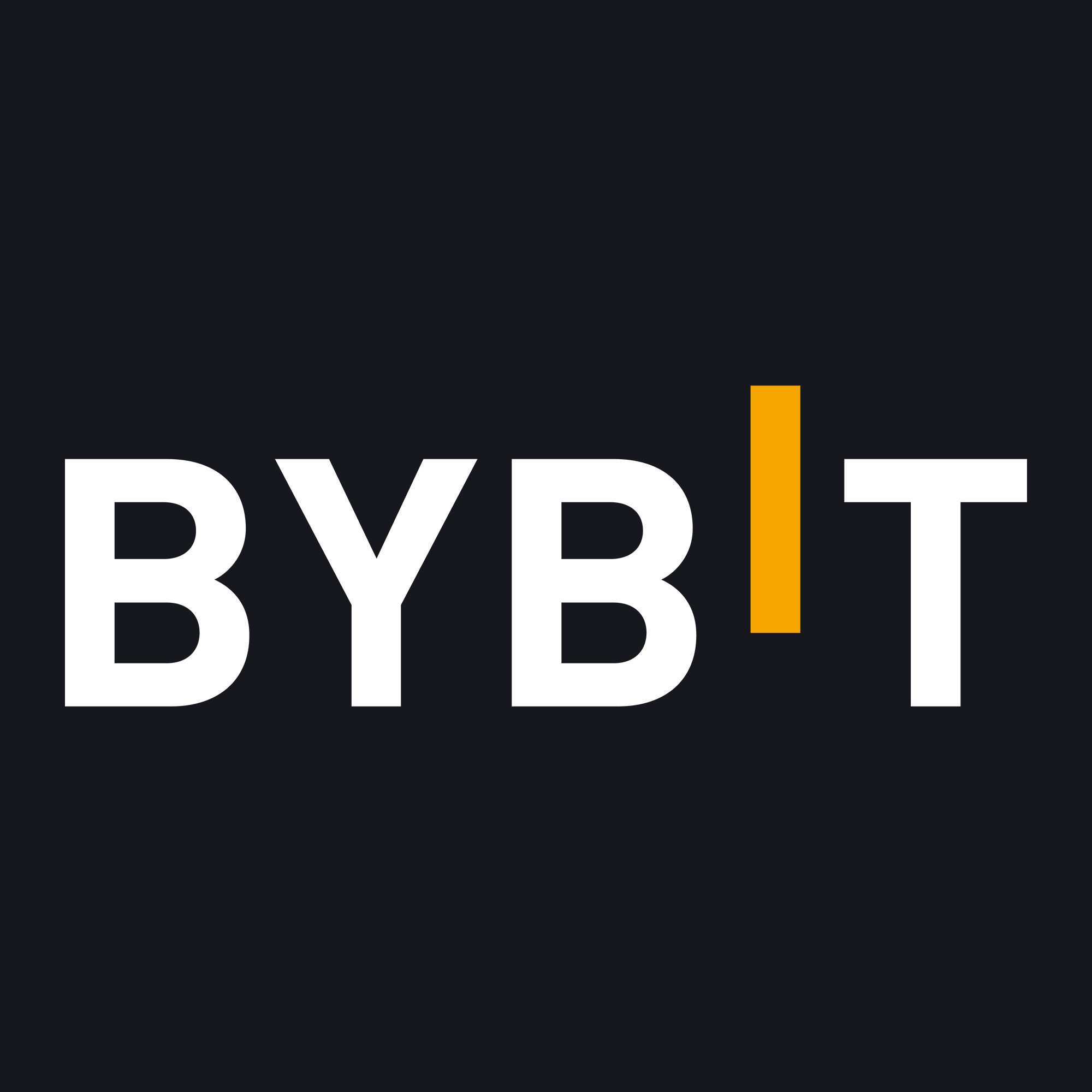Reserve Rights (RSR) Price Analysis: Today's Key Trends
Reserve Rights (RSR) price today is $ 0.007658 with a 24-hour trading volume of $ 19.99M, market cap of $ 455.84M and market dominance of 0.01189%. The Reserve Rights (RSR) price changed -2.14% in the last 24 hours. Reserve Rights (RSR) price in US dollars is changed by 42.88% over the last 1 year. Over the past year, Reserve Rights (RSR) has changed by -19.04% against Ethereum and -24.89% against Bitcoin. Reserve Rights (RSR) total volume is now $ 19.99M, 0.0005217% of the total cryptocurrency market volume in the last 24 hours.
What Does Reserve Rights (RSR) Actually Do?
RSR meaning encapsulates the core functionality of the token as the governance and stabilization mechanism within the Reserve protocol. Launched in May 2019, the RSR Reserve Rights crypto release date is firmly established following a successful initial exchange offering on Huobi Prime. The token’s primary role is to overcollateralize stablecoins, ensuring solvency during market stress. When developers and analysts analyze on-chain metrics, they uncover high token-commitment engagement and proposal voting activity. Governed by holders through a transparent DAO structure, the token facilitates protocol parameter adjustments and emergency collateral injections. Recent partnerships with decentralized finance platforms and regulatory compliance highlight the project’s strategic momentum. As an Ethereum-based cryptocurrency, the token benefits from a broad developer ecosystem and robust security features on the underlying network. Visual branding, including the Reserve Rights (RSR) crypto logo, reinforces a cohesive identity across dashboards, wallets, and official channels.
Founding was led by Nevin Freeman and Matt Elder, whose backgrounds in coordination economics and protocol engineering shaped the RSR coin’s dual-role architecture. The whitepaper published on the project’s website in 2019 details a fixed cap of 100 billion units, with a circulating supply of approximately 57.9 billion as of September 2024. A substantial allocation of roughly 49.4 percent resides in a designated “Slow Wallet” to stagger emissions over multiple years. Community governance occurs via on-chain proposal snapshots, with more than 15 successful votes adjusting collateral parameters and risk thresholds. During initial stablecoin launches, backing baskets included liquid staking tokens such as stETH and yield-bearing alternatives like cUSD.
A Closer Look at the Price Journey of RSR Over Time
Tracking the coin trajectory reveals a story of dramatic peaks and troughs since its introduction. The Reserve Rights RSR token price chart highlights an all-time high of $0.1174 on April 16, 2021, followed by a pronounced decline to its all-time low of $0.001214 in March 2020. A simple ROI calculator integrated into leading dashboards allows investors to model potential gains and losses over various time frames. Interactive charts display 24-hour, 7-day and monthly candlestick patterns of RSR crypto price, enabling real-time interpretation of volatility. Press coverage and news around shifting macroeconomic conditions helped catalyze volatility during mid-2021. Notable launch events and governance votes have created spikes in trading volume and sentiment. Historical high and historical low markers serve as anchor points for technical analysts designing support and resistance levels.
Short-term swings also reflect tight trading bands: the 24-hour range recently spanned $0.006466 to $0.007175, while the seven-day window extended from $0.006108 up to $0.007522. Volatility, measured by the 14-day standard deviation, has averaged around 8.5 percent, slightly above the DeFi average. Order-book depth across leading platforms typically shows support clusters at round-number levels such as $0.0065 and $0.0070. Key milestones include:
- May 2019 IEO listing on Huobi Prime at $0.02
- Peak at $0.1174, representing a 4 867 percent increase from launch
- Trough at $0.001214, reflecting a 99.4 percent drawdown
- Recurring support around $0.006 to $0.008 in 2024
Average daily trading volume of Reserve Rights token has maintained above $29 million throughout 2024, marking an 18 percent increase year over year. Open interest on derivative markets remains modest but shows signs of picking up as institutional desks hedge exposure.
Through most exchanges, traders monitor today's stock price swing, which recently oscillated between $0.006466 and $0.007175. As oversight matures, the today price remains sensitive to macro-liquidity shifts and protocol governance outcomes.
What’s the Value of Reserve Rights Right Now?
Market participants and protocol stewards alike focus on liquidity metrics, governance participation rates and integration milestones to gauge the token’s immediate standing. Real-time analytics from on-chain explorers, community forums and financial aggregators converge on a unified view that reflects both demand for stablecoin collateral and speculative positioning. Trading dashboards often include multiple overlays, from volume-profile indicators to depth-chart snapshots, to inform strategic adjustments. While many consult the RSR Reserve Rights (RSR) crypto price forecast to anticipate medium-term trends, these immediate metrics provide the most reliable snapshot.
The RSR price currently sits at $0.006605, translating to a market capitalization near $383 million and a fully diluted valuation around $660 million. With a 24-hour trading volume of roughly $31.7 million and total value locked (TVL) in stablecoin contracts exceeding $315 million, the token maintains substantial liquidity in escrow enhancements. Holders can track positions and governance proposals via the Reserve Rights app, which syncs seamlessly with most Ethereum-compatible wallets. Widgets fetching crypto currency prices live allow stakeholders to compare balances across multiple assets alongside the token’s performance. One glance at the current price of the token underlines a 3.6 percent dip over the last day and situates it modestly above the lower support band of $0.006466. Comparison to the broader DeFi sector shows that protocol-specific yield opportunities compete favorably against established liquidity protocols. Dedicated dashboards pull crypto prices today live from decentralized nodes and centralized order books, ensuring transparency.
Where Could the Price of RSR Be Heading Next?
Forecasting models routinely integrate on-chain data points, governance vote tallies, RSR price prediction, and macroeconomic indicators to map out plausible valuation corridors over coming quarters. Weighted sentiment indexes, stablecoin issuance volumes and network utilization rates offer complementary inputs for scenario analysis. Technical analysts often overlay moving averages, value-at-risk metrics and protocol-specific health checks to inform strategic positioning. The crypto landscape may also respond to shifts in cross-chain demand and evolving collateral basket compositions. Starting from a base Reserve Rights RSR token current price of $0.006605, modelers project a range of $0.008 to $0.012 by year-end under bullish user-growth assumptions. Liquidity providers who choose to buy typically balance exposure across multiple pools, referencing both on-chain depth and current crypto prices live aggregated across platforms. Traders also consult live crypto prices via API endpoints to cross-verify order-book snapshots before execution. Market dynamics remain distinct from networks that reward miner incentives; instead, token supply adjustments occur solely through governance-approved contract logic. In light of news today regarding centralized stablecoin regulations and DeFi composability expansions, adaptive risk frameworks are essential for RSR crypto . Mid-term governance proposals set for Q3 include stress-testing reserve baskets and adjusting emission curves, which directly influence the token valuation. Further out, incremental improvements in user-interface design, multisig infrastructure and cross-protocol integrations may drive higher demand and justify a more optimistic price prediction.
































 Trade Now ByBit
Trade Now ByBit